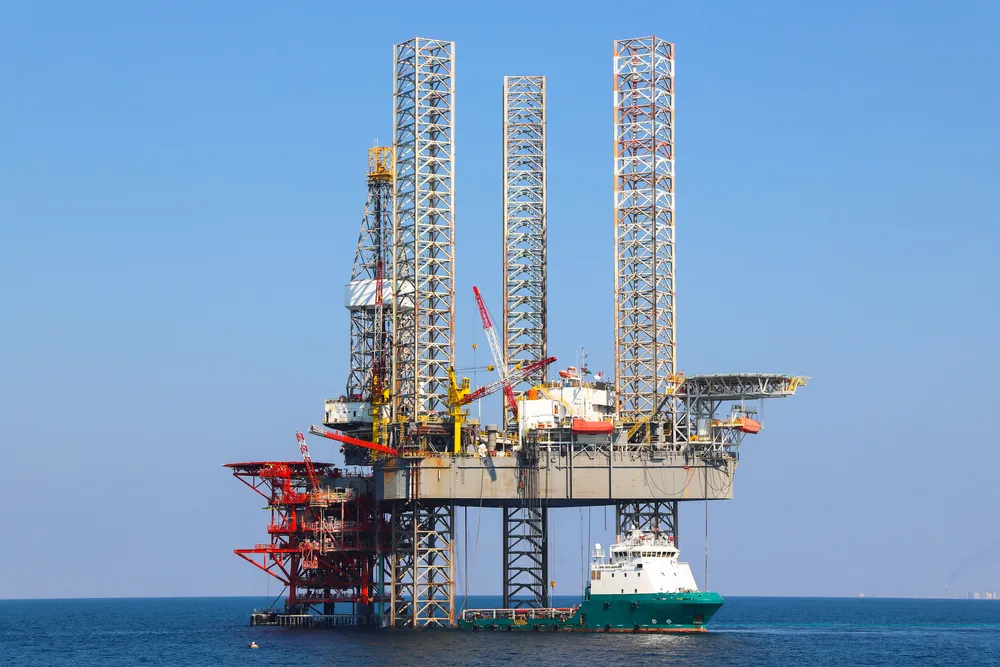Valve Technology in Oil & Gas: Selection, Operation, Maintenance, and Troubleshooting Course
Introduction:
Several types of valves are crucial to the functions of power plants and are widely applied in the oil and gas sector for process control and safety. Adhering to the principles of valve functioning is essential for achieving high-quality processes, equipment uptime, and optimal costs in the oil and gas sector. Specific flow regimes are suitable for certain types of valves; therefore, proper valve selection is vital. Understanding any valve-related aspect is fundamental to the proper diagnosis and repair of equipment within the sector.
Objectives:
Upon completing this Valve Technology in Oil & Gas: Selection, Operation, Maintenance, and Troubleshooting course, participants will be able to:
- Understand the characteristics of valves and the factors that drive valve maintenance in oil and gas.
- Identify major valve types, such as Control Valves, Non-Return Valves, and Safety Valves, and select the appropriate valve for intended uses.
- Perform necessary computations related to valve sizing in oil and gas activities.
- Grasp the basics of valve control solenoid systems, including actuators and their positioners.
- Outline common valve problems, including flashing, slamming, and water hammer, and leverage this information towards oil and gas technology solutions.
- Undertake effective maintenance and troubleshooting measures for various categories of valves in the oil and gas sector.
Training Methodology:
- Participatory approach through lectures
- Utilizing case scenarios
- Encouraging group dynamics
- Conducting practical exercises
- Problem-solving forums
- Question and answer sessions
- Interaction with simulations
Course Outline:
Unit 1: Basics of Valve Technology and Sizing
- Introduction to the Types of Valves Used in Oil and Gas
- Structure and Working Principles of Each Valve
- Analysis of Flow Profiles – Linear, Quick Opening, and Equal Percentage
- Purpose of Training on Valve Sizing and Selection in Oil and Gas Operations
- Characteristics of Different Valves
- Fictitious Studies and Real-World Applications
Unit 2: Control Valves
- Detailed Functions of Valves Used in Oil and Gas Technology
- Methods of Regulating Flow
- Different Styles of Control Valves
- Importance of the Ends of Valves
- Seats of Valves
- Control of Valves – New Approaches
Unit 3: Check (Non-Return) Valves
- Application of Check Valves in the Oil and Gas Industry
- Classification of Check Valves
- Check Valves: Theory and Practice
- Selection of Check Valves: Key Considerations
- Valves for Applications with Different Uses
Unit 4: Relief and Safety Valves: Function and Operation
- Collection of Relief Valve Classifications
- Investigation of Comfort Valve Parts
- Detailed Exploration of Direct Acting and Pilot Operated Relief Systems
- Vision for Practical Application of Relief Valves
- Repairing Typical Defects of the Relief Valve
- Discussion of Rupture Disk Uses
Unit 5: Valves Diagnostics and Troubleshooting
- Control Valve Types: Linear and Rotary Control Valve Functions
- Examination of Actuators of Different Construction and Their Working Principles
- Ability to Operate Valve Positioners
- General Pressure Recovery Information
- Cavitation in Valves and Prevention of Water Hammer Effects
- Noise Control – Recommendations


















